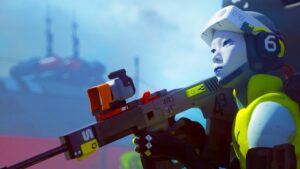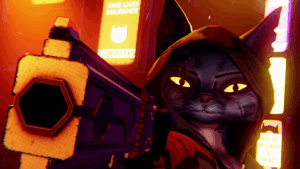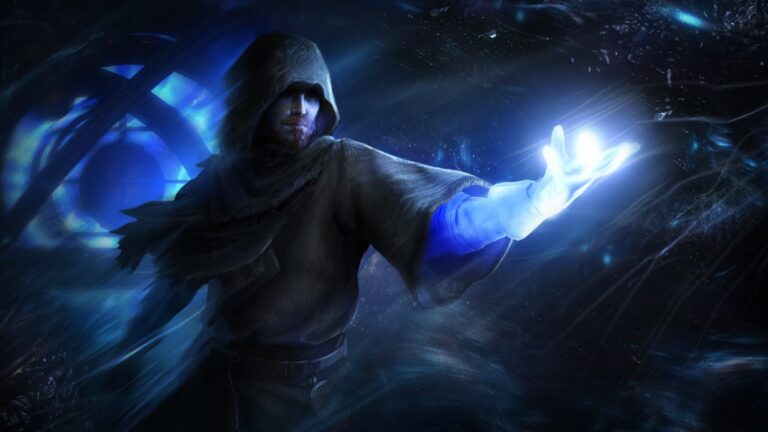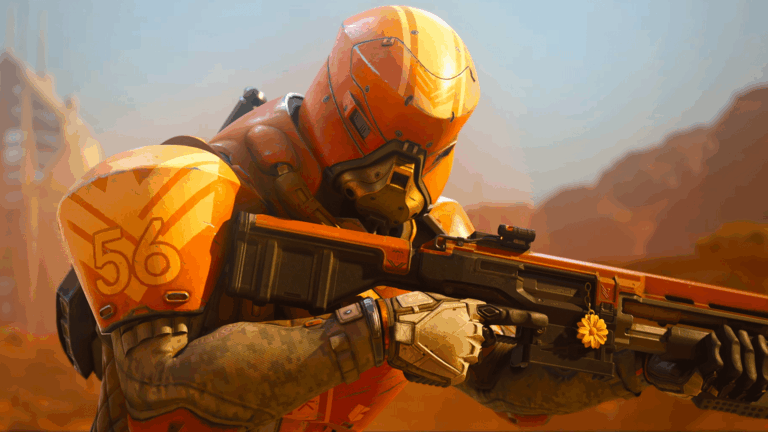Exploring Dying Light’s Signature Combat and Movement Mechanics
The original Dying Light has always been defined by its melee-focused gameplay, blending visceral combat with parkour agility. Its damage system vividly shows this, as zombies disintegrate with each slash, and weapon crafting allows players to turn everyday household items into bizarrely effective killing tools. Additionally, the parkour system lets players traverse rooftops and alleyways with speed and finesse, keeping well out of zombie reach. This combination of close-quarters combat and acrobatic movement creates a unique, adrenaline-fueled experience.
The Impact of Guns on the Series’ Dynamic
So, what changes when firearms are introduced into this fast-paced formula? Not just a few rusty pistols, but a full arsenal comprising shotguns, assault rifles, and plenty of ammo? That’s the core question for the upcoming installment, Dying Light: The Beast. Surprisingly, guns don’t turn the game into a traditional first-person shooter. Instead, they add a new layer of strategic depth, making the game feel more like a hybrid of Crysis or even Dishonored—where player choice and tactical approach reign supreme. Every encounter becomes a sandbox where you set the rules.
First Impressions from an Early Playthrough
During an exclusive preview, I spent an hour playing a mission from the early part of Dying Light: The Beast. Taking on the role of Kyle Crane, the protagonist from the original game, I found myself deep within Castor Woods, a more rural and atmospheric zone. The storyline picks up after Kyle has been experimented on for over a decade by a mysterious figure known as The Baron. I infiltrated one of The Baron’s factories, and from the rooftop, I quickly realized that the game’s options for engagement are broader than ever.
Enhanced Stealth and Tactical Options
Thanks to Kyle’s enhanced “survivor” senses—an effect of his traumatic experiments—I could identify patrolling enemies based on their threat levels. Color-coded in orange and red, these indicators helped me plan my approach, reminiscent of the stealth mechanics seen in Batman: Arkham series. I silently eliminated a bow-wielding guard with a crafted shiv, then seized his weapon for a ranged advantage. Bows, previously introduced late in Dying Light 2, now feature earlier in the campaign, promising more stealth and ranged tactics throughout the game.
Using Firearms and Explosive Tactics
Equipped with a bow, I took out enemies from a distance, including a sniper on an adjacent rooftop. This allowed me to expand my combat options—firing silent arrows or taking out groups of melee fighters before they get close. As I moved through the environment, I encountered explosive gas canisters and zombies rigged with deadly devices, like a battery pack that shocks anyone who touches it. The game offers an array of destructive tools, including a flamethrower, hinting at creative and over-the-top ways to handle hordes of enemies.
Stealth, Mutations, and the New “Beast Mode”
Stealth has been significantly improved. You can now smear zombie guts on yourself to mask your scent, allowing for quiet passage through hordes—a tactic inspired by The Walking Dead. Meanwhile, Kyle’s experiments have transformed him into the titular Beast, a powerful melee-focused form. When triggered, Beast Mode unleashes devastating animations similar to Doom’s Glory Kills, including ground pounds that send enemies flying and cause widespread destruction. Facing the towering Behemoth boss, I used Beast Mode to clear mobs and deal massive damage, showcasing its utility in tough encounters.
The Utility and Future Potential of Kyle’s Abilities
Beyond raw power, Kyle’s mutations offer strategic advantages. Techland has told me that players have used Beast Mode’s extended leaps to bypass entire parkour sections, turning abilities into creative solutions. These mutations promise to add depth to gameplay, encouraging players to experiment with unconventional tactics. The developers aim to make each mutation and weapon feel meaningful, fostering a gameplay experience where problem-solving is key.
Atmospheric World and Visual Enhancements
The demo’s scope was limited but impressive, highlighting the game’s atmospheric improvements over Dying Light 2. The environment feels more alive, with dynamic weather effects like heavy rain and wind tearing through the landscape. Nighttime adds a new level of challenge, with limited visibility and more dangerous foes lurking in the darkness. Fans of the original’s scarier nights should find plenty to enjoy here, as the new lighting and weather systems create a tense, immersive atmosphere.
Final Thoughts and Expectations
Initially, I was skeptical about how guns would influence Dying Light’s core gameplay. However, my hands-on experience revealed that firearms are just one of many tools, enriching the gameplay rather than dominating it. Encounters now offer a variety of solutions, from stealth and ranged attacks to brute force—far beyond the melee chaos of Dying Light 2. With many weapons and mutations still unexplored, there’s potential for the game to become a far more diverse and strategic experience. If the campaign continues to challenge players to use all these tools creatively, Dying Light: The Beast could surpass expectations and become a standout sequel in the series.









